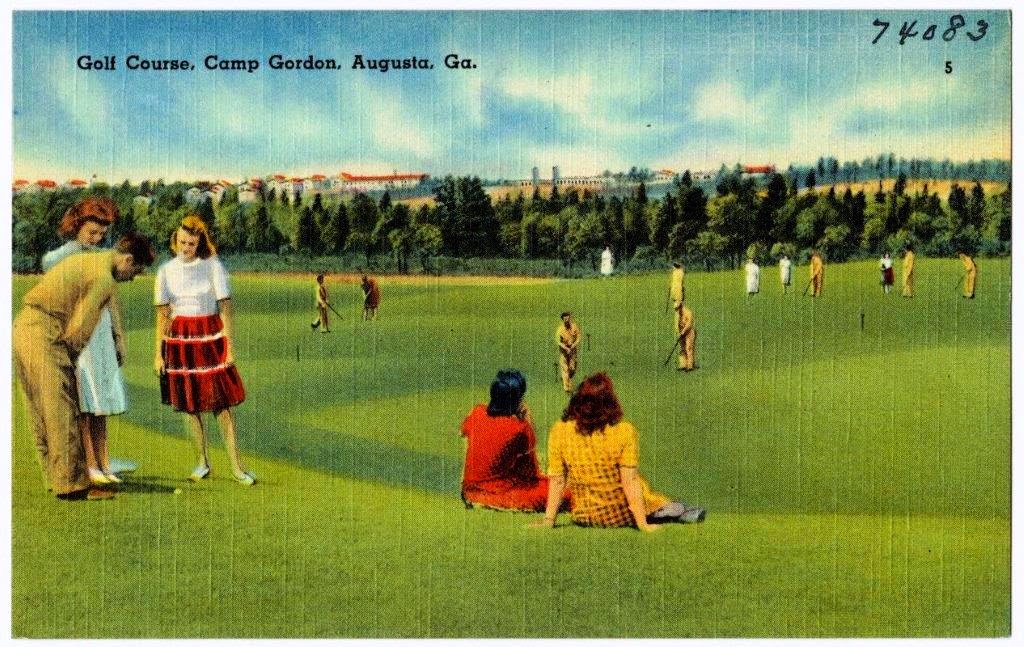There were about 700 POW camps with about 425,000 prisoners in total. Most prisoners were German.
Camp Gordon, Georgia was no exception. Look at this tape HERE
Between 2,000 and 4,000 prisoners were assigned to each camp or fort and they worked in the fields, highways, county roads and beautification of the grounds.
After the war, most POWs were reunified with their countries. Surprisingly, thousands of Germans, once repatriated, made requests to return to the U.S. in order to start a new life.
Being in the United States as a POW was far more livable than those who became POWs of the Russians. About 3.5 million Germans became prisoners of the Russians and, of those, about 381,000 died.
List from globalsecurity.org/military/facility
Photo courtesy of chronicle.augusta.com
Every year, around November, tribute is paid to the 22 WW2 Prisoners of War who are buried just inside Gate 2 at Fort Gordon.
Not every soldier buried there died at Camp Gordon. The list of all of these soldiers is at the bottom of this post.
Photo courtesy of chronicle.augusta.com
Civilian and military representatives pay their respects.
Photo courtesy of chronicle.augusta.com
Wreaths are laid at the graves by military and civilian representatives from the Augusta area.
Photo courtesy of chronicle.augusta.com
This is the grave site of the only Italian POW in the cemetery.
Photo courtesy of chronicle.augusta.com
The white chains and posts enclose the burial grounds of the 21 German Prisoners of War.
Photo courtesy of chronicle.augusta.com
These wreaths and headstones are reminders of the unfortunate young men who died so far away from their native country.
List from history.army.mil
Photo from chronicle.augusta.com
Postcard from luckybogey.files.wordpress

















.jpg)



.jpg)




































